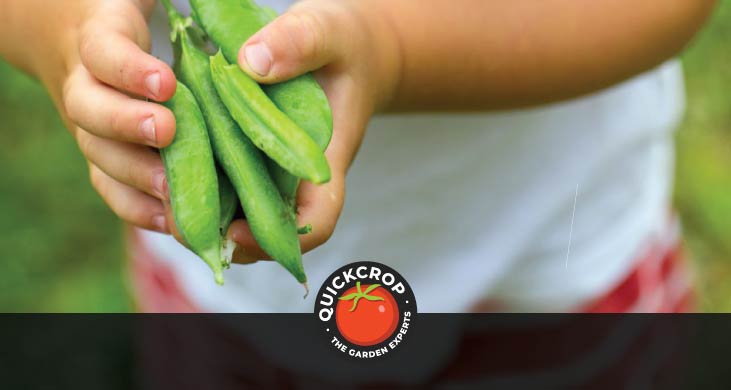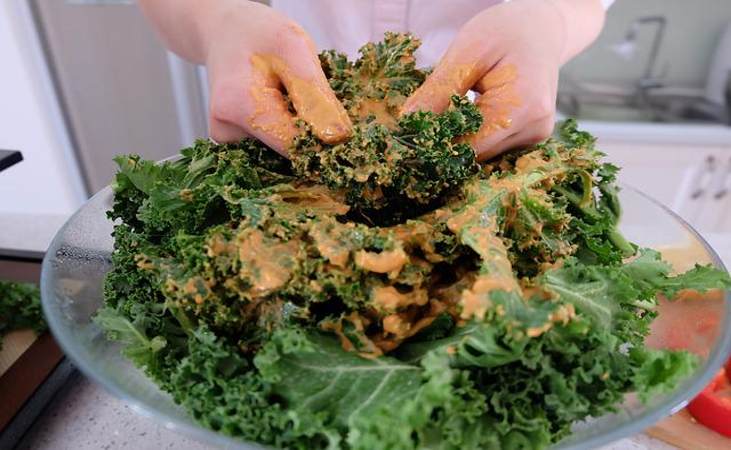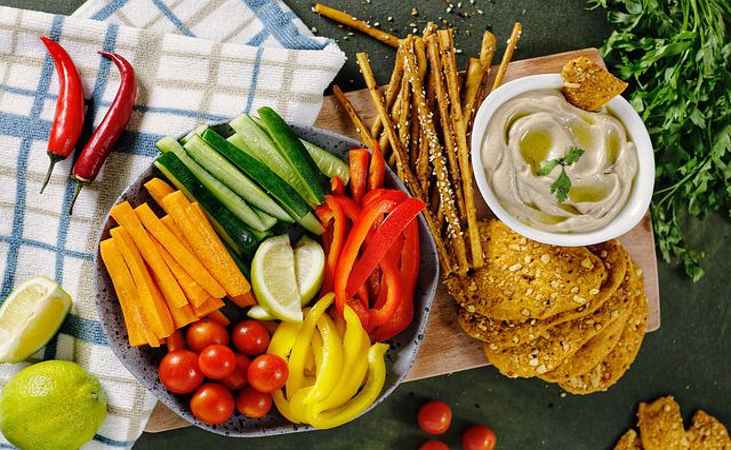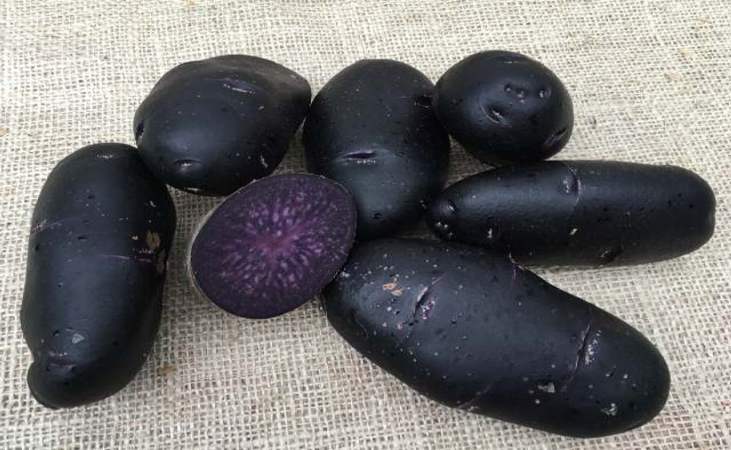What Are The Best Vegetables For Children?

Persuading children to eat vegetables can be a task and a half. It’s not just stubbornness either: research shows that kids’ taste buds are simply more receptive to sweet foods. And let’s be honest - we’ve all been there once upon a time, groaning when we see that foul-looking turnip on the edge of our dinner plate.
However, it’s not a lost cause. Some ways of getting your children into the habit of eating healthy vegetables are more effective than others. To use an appropriate metaphor, you should try to use the carrot more than the stick.
What does this mean in practice? First off, lead by example. When sitting down together at the dinner table, make sure that they can see you eating and savouring your vegetables. Try to serve vegetables regularly with meals, rather than something that has to be endured occasionally as part of the dreaded ‘healthy dinner’.
How you serve them can be crucial too: many children will much prefer the taste and texture of vegetables when they’re oven roasted or stir-fried, rather than boiled or steamed. Sometimes raw can even be best - just make sure to wash them thoroughly! Vegetables can also be much more palatable when added or blended into sauces and soups.

Another great way of helping children to be more enthusiastic about vegetables is to get them involved in the process of growing or cooking them. Encourage them to help out in the kitchen prepping food. Some children will also take a keen interest in how fruit and vegetables are grown. Recent research has shown that school kids who participated in school vegetable gardens and cooking classes increased their vegetable intake by a half serving a day. Many of you will agree that food tastes better when you grow it yourself - this applies to kids too if they can help out in the vegetable garden!
Related Article: What to Grow in a School Vegetable Garden
Children who develop healthy eating habits at a young age are more likely to retain these habits as they grow into young adults. Regular consumption of vegetables is not only good for growth and bone health, it can also help with cognitive development and performance at school.
The question ‘what are the best vegetables for kids?’ can be answered in two different ways: which vegetables provide the nutritional needs most important to children? And which vegetables are children more likely to eat and not turn up their nose at? We’ll mostly focus on the latter here. We’re not claiming to be nutritionists after all, and besides: the fact is that most vegetables are really good for you, whatever age you are. It is worth mentioning some of the key health benefits of the listed vegetables as we go along, but ultimately our main focus is on which ones kids are more likely to take a shine to (or at the very least tolerate!).
Bell Peppers
Many parents swear by bell peppers, particularly as a snack food. Cut them into strips and they can be dipped in hummus or added to a stir fry. When eaten raw they are rich in Vitamin C, which aids bone growth and the immune system. Roasting or stir-frying them is still very healthy though, and can actually make it easier to absorb carotenoids (very beneficial compounds that are common in brighter-coloured vegetables).
Kale (Chips)
Kale in its raw or steamed state may not thrill your child - but kale chips? Cut the kale leaves into small pieces, wash them and dry off the moisture with a paper towel. Spread some olive oil evenly over the kale pieces, sprinkle some salt and lay them on a baking tray for roasting in the oven (10-12mins). What you end up with is a crispy treat that won’t even register as a vegetable, but retains much of the goodness of kale (in particular fibre, calcium and iron).
Carrots
Carrots are very beneficial for growing children. In particular they’re often associated with eye health (at least that’s what I was always told growing up!). When it comes to children, your best bet is cutting them into small stick-like strips for snacking (you will often see them sold in shops in this style). These can then be dipped in peanut butter or a hummus dip. For a nice recipe idea, try carrot and cheese sticks - which look kind of like fish fingers.

Celery
As above, celery is a popular healthy snacking option for kids, especially when combined with peanut butter or a cheese dip. Celery is very hydrating (children aren’t the best at drinking water!), and is high in fibre, Vitamin K and potassium. For an added touch, use a vegetable peeler to cut the celery stalk into curly strips.
Sweet Potatoes
As the name suggests, the taste of sweet potatoes should go down well with most children, particularly if you oven roast them and add some butter (or even butternut squash). If they still see it as a potato - and thus a ‘grown-up's food’? Get chopping and make some sweet potato fries. The benefits of this root vegetable include high levels of Vitamin A, which is good for healthy skin and eyes.
Peas
Peas are definitely a reliable fall-back option, and I know this from experience as someone who used to despise vegetables as a child (and, if I’m honest, into my 20s.) So it’s easy to overlook that they are indeed very healthy and a good source of protein, fiber and omega-3 acids (which can help concentration and brainpower).
Broccoli
When it comes to broccoli, our research tells us that steamed is the best way to go: make sure that they still have a bit of ‘bite’ to them and your children might well take a liking to one of the most healthy vegetables there is. It’s also a good idea to chop them into very fine florets and add them to sauces, pasta or soups. And if you want to really push the limits, try using them as a pizza topping.
Cucumber
With their high water content, cucumbers are a hydrating snack or side serving. Cut them into bite-sized servings - or better yet, pickle them for added flavour and crunch. They’re a no-fuss food and a great choice for summer outings or picnics etc. Cucumbers are a good source of Vitamin C and calcium.
Related Article: Pickling Cucumbers - Types of Pickles
Getting Involved In The Vegetable Garden

As we mentioned earlier, getting children into the habit of eating vegetables isn’t just about putting the food on their plate. If they can get involved in the process of growing them, all the better. One way of stimulating their natural curiosity is to grow colourful - or unusually coloured - food crops. How about ‘purple rain’ potatoes? This early seed variety has both purple flesh and purple skin, and if you cut them open they can sometimes look almost like a glowing constellation. They are sweet-flavoured (bonus!) and can be used to make mash or chips.
Or how about the multicoloured rainbow carrot mix? These should add a helping of novelty to the garden and the dinner table. (Interesting fact: before orange won out in the 17th century breeding, carrots were normally available in a wide array of colours.) Another good growing suggestion is dwarf peas. Varieties like meteor produce small and compact pods that should really appeal as a snacking option, especially if your kids can observe how they come along in the garden.
